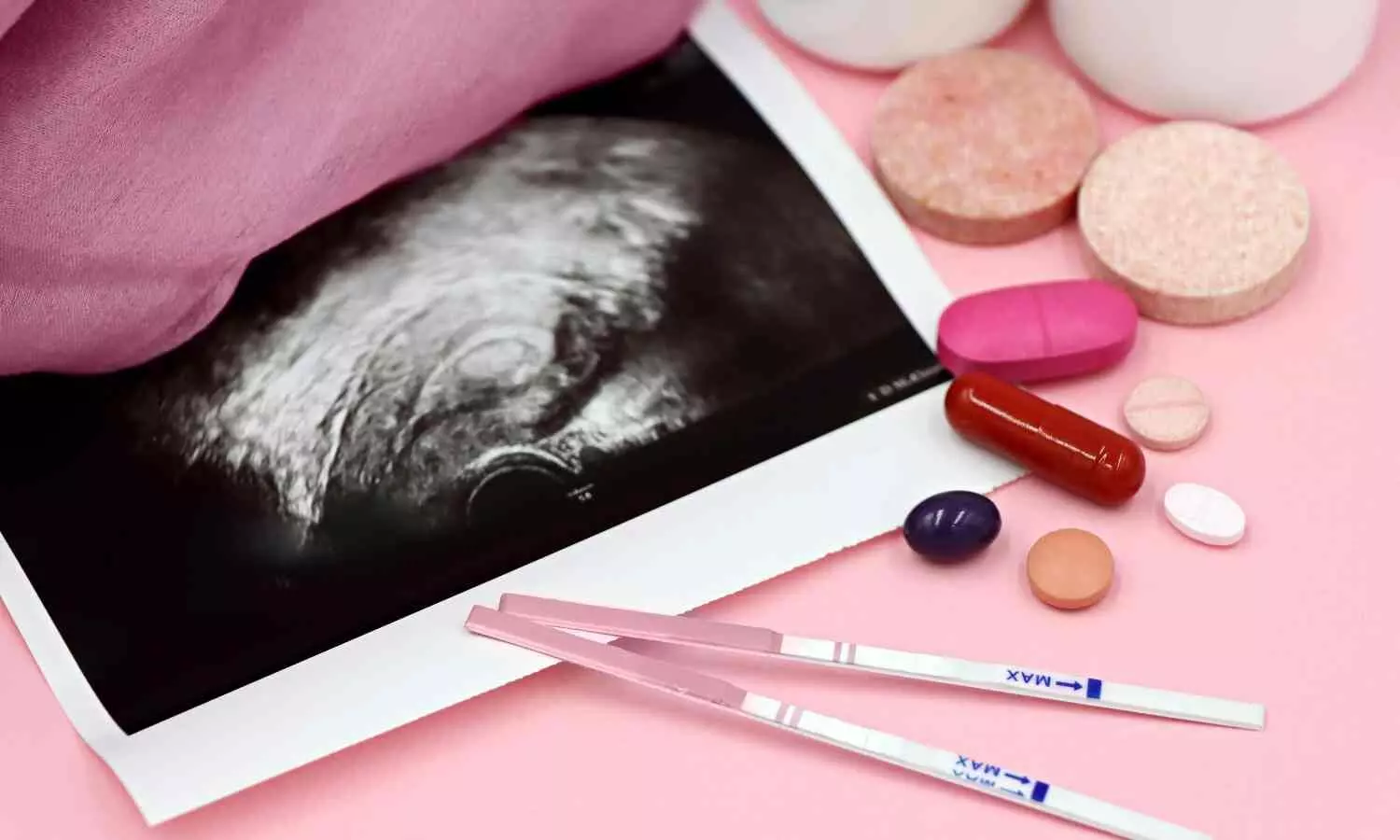History-based screening protocols highly effective for medication abortion: Study
- byDoctor News Daily Team
- 15 October, 2025
- 0 Comments
- 0 Mins

With increasingly restricted access to facility-based abortion in the United States, pregnant people are increasingly relying on models of care that use history-based or no-test approaches for eligibility assessment. Minimal research has examined the accuracy of abortion patients’ self-assessment of eligibility for medication abortion using their health history. This step is necessary for ensuring optimal access to history-based or no-test models, as well as potential over-the counter access. This study aimed to examine the accuracy of pregnant people’s eligibility for medication abortion as determined using their self reported health history, compared with clinician assessments using ultrasound and other tests. In this diagnostic accuracy study, authors recruited people seeking medication or procedural abortion from 9 abortion facilities, aged 15 years, English- or Spanish-speaking, and with no prior ultrasound conducted at the recruitment facility. Before ultrasound, they surveyed participants on medication abortion eligibility, including estimated gestational duration, medical history, contraindications, and ectopic pregnancy risk factors such as pain and bleeding symptoms. They compared patients’ eligibility based on self-reported history with subsequent clinician assessment, focusing on overall diagnostic accuracy, or area under the receiver operating characteristic curve, sensitivity, specificity, and proportion with discordant patient and clinician eligibility assessment, using 77 days as the upper gestational duration limit. Overall, 22.1% of 1386 participants were ineligible for medication abortion according to clinician assessment. Overall diagnostic accuracy of self-assessment was acceptable (area under the receiver operating characteristic curve=0.65; 95% confidence interval, 0.63-0.67), with sensitivity of 92.2% (88.6-94.9) and specificity of 37.8% (34.9-40.7). Very few participants (n=24; 1.7%) self-assessed as eligible when the clinician deemed them ineligible; many more (n=672; 48.5%) self-assessed as ineligible when the clinician deemed them eligible. The most common patient-reported contraindications included unexplained pain (55.5%), gestational duration >77 days (36.5%), and anemia (29.0%). On its own, unexplained pain had poor sensitivity in identifying those with clinician concern for ectopic pregnancy (41.7%; 95% confidence interval, 15.2-72.3). Removing unexplained pain as a screening criterion resulted in higher accuracy (0.71; 95% confidence interval, 0.69-0.74) (P<.001). In this diagnostic accuracy study of 1386 people seeking facility-based abortion,< 2.5% self-assessed as eligible for medication abortion when a clinician deemed them ineligible according to the FDA-approved eligibility criteria. Notably, this finding is consistent with a separate, recently completed study relying on self-determination of eligibility with a more limited set of screening criteria (<70 days’ gestation and certainty of date of LMP, regular menstrual cycles, no IUD in place, and no history of ectopic pregnancy). Together, these findings suggest that abortion provided using no-test or history-based eligibility screening or without pretreatment interaction between patient and clinician infrequently results in people receiving medication abortion when contraindicated. Further, given that the most common contraindication is gestational duration >77 days, the likely implication of incorrect self-selection and use would be a need for additional clinical interaction to administer additional doses of misoprostol or perform a procedure to complete the abortion, rather than serious adverse events. Simultaneously, study findings also indicate that although incorrect self-selection is rare, approximately one-half of patients self-report at least 1 contraindication for medication abortion when a clinician later deems them eligible. This is most often due to the patient reporting unexplained pain or bleeding during the pregnancy, overestimating gestational duration, or reporting a history of anemia not deemed a contraindication by the clinician. For those with access to in-person, facility-based abortion, incorrect self-selection will result in additional testing and may delay care. However, for those who lack access to facility-based care or prefer not to interact with a clinician, a growing population post-Dobbs, incorrect self-screening could prevent access to desired abortion. This study demonstrates that people seeking abortion rarely incorrectly self screen as eligible for medication abortion, offering evidence in support of asynchronous, history-based eligibility screening models of care and eventual over-the-counter access to medication abortion. However, frequent and incorrect self-screening as ineligible could prevent people from accessing care, especially in settings where facility-based care is no longer available. Source: Ralph LJ, Ehrenreich K, Kaller S, et al. Accuracy of survey-based assessment of eligibility for medication abortion compared with clinician assessment. Am J Obstet Gynecol 2025;233:44.e1-15
Disclaimer: This website is designed for healthcare professionals and serves solely for informational purposes.
The content provided should not be interpreted as medical advice, diagnosis, treatment recommendations, prescriptions, or endorsements of specific medical practices. It is not a replacement for professional medical consultation or the expertise of a licensed healthcare provider.
Given the ever-evolving nature of medical science, we strive to keep our information accurate and up to date. However, we do not guarantee the completeness or accuracy of the content.
If you come across any inconsistencies, please reach out to us at
admin@doctornewsdaily.com.
We do not support or endorse medical opinions, treatments, or recommendations that contradict the advice of qualified healthcare professionals.
By using this website, you agree to our
Terms of Use,
Privacy Policy, and
Advertisement Policy.
For further details, please review our
Full Disclaimer.
Recent News
Air Pollution May Slow Infant Brain Development: S...
- 23 October, 2025
AI Outperforms Traditional Tools in Predicting Hea...
- 23 October, 2025
Nearly Half of Acute Pancreatitis Patients Develop...
- 23 October, 2025
Can Fat You Can’t See Put You at Risk for Stroke a...
- 23 October, 2025
Daily Newsletter
Get all the top stories from Blogs to keep track.


0 Comments
Post a comment
No comments yet. Be the first to comment!